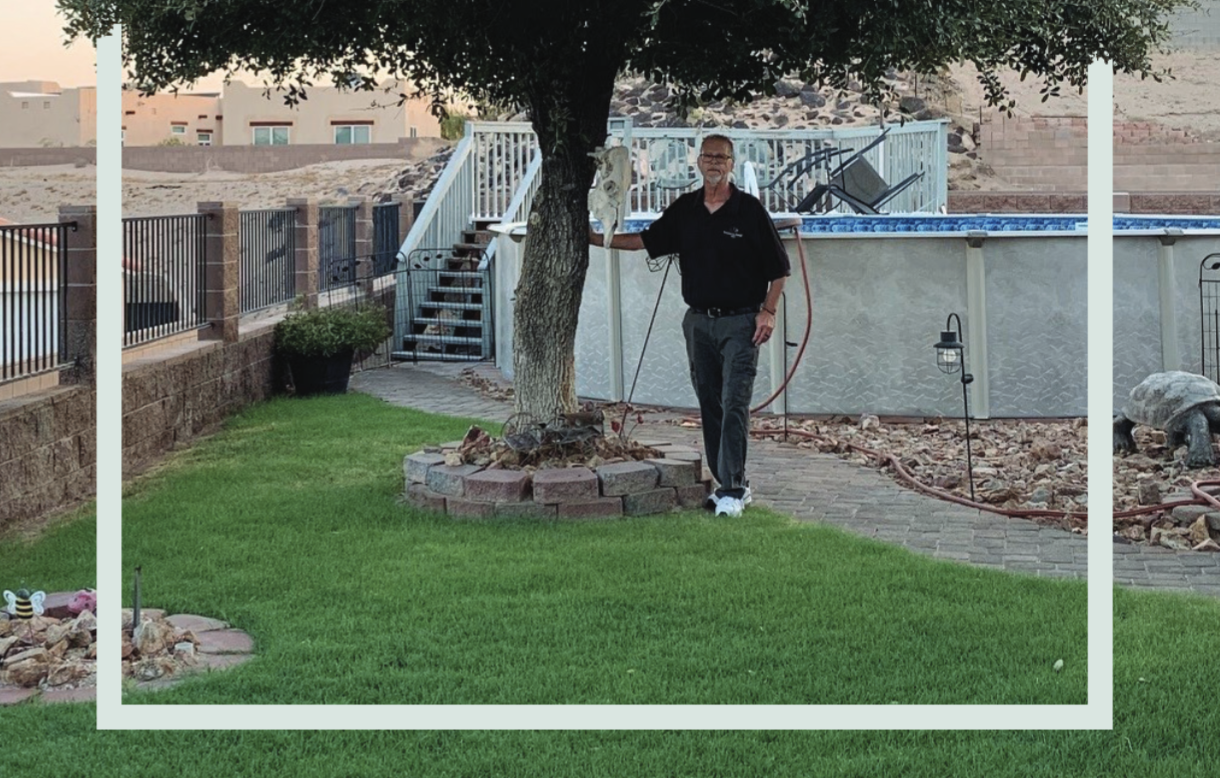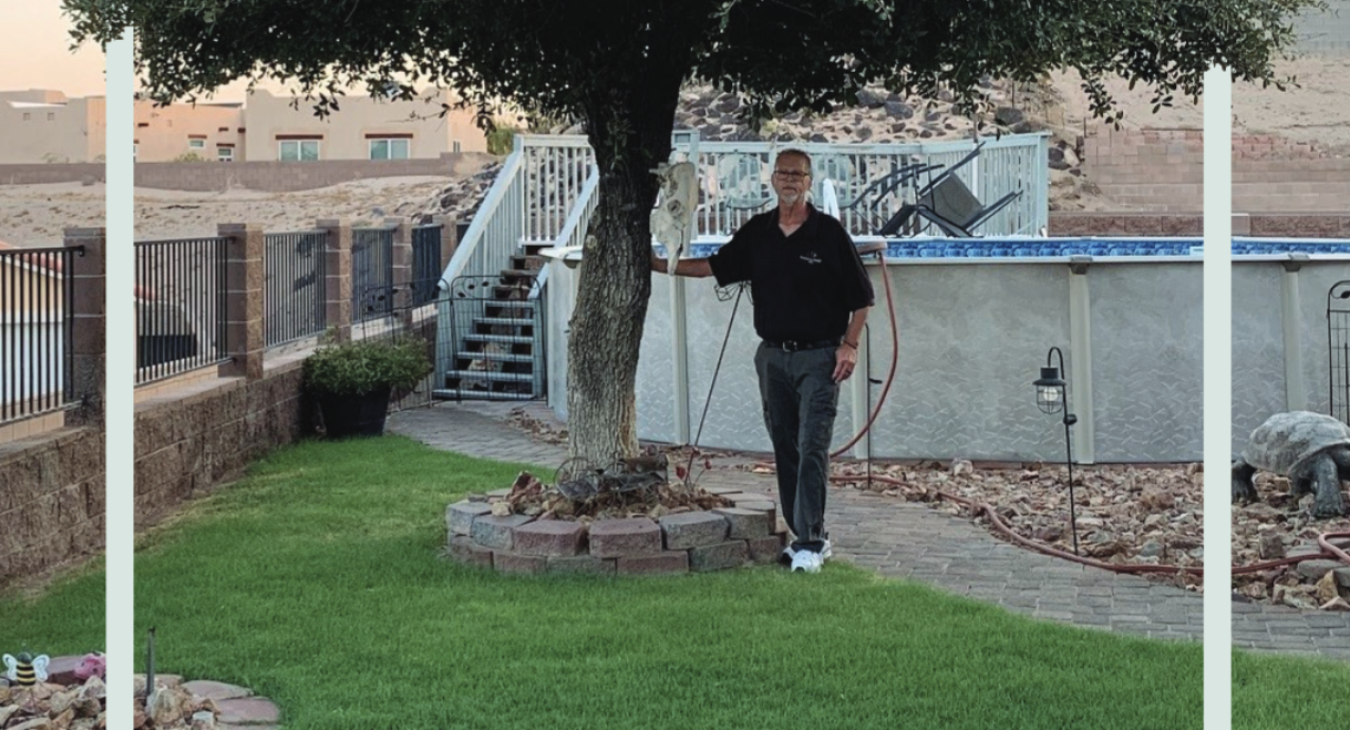Landscaping to Save Energy
By Miranda Boutelle
Q: How can landscaping help lower my power bill?
A: There’s a lot going on in the space around our homes. Competing factors of aesthetics, safety, energy efficiency and water conservation, and the increasing risk of wildfires are a lot to consider. Thoughtful planning and good design can address these factors and result in year-round energy savings.
Carefully positioned trees can save up to 25% of a typical household’s energy use, according to the Department of Energy. When selecting the right trees and other foliage, research what is best for your local climate. Select native species naturally adapted to your location for lower maintenance.
Strategically placed deciduous trees allow for summer shade and passive solar heat gain in the winter when leaves have fallen. This can lead to energy savings in summer and winter.
Slower-growing trees might take longer to provide maximum shading benefit, but their roots are typically deeper and branches are stronger. These factors can make them less likely to be damaged by wind, snow, ice or drought.
Be sure to plant large trees far enough away from your home to prevent damage from falling branches or root damage to your home’s foundation.
Keep in mind: If you have a rooftop photovoltaic solar system, even a small amount of shade can significantly reduce energy production. Consider planting smaller plants closer to the home to shade walls, windows or hardscaped surfaces.
Windbreaks are another landscaping strategy that can be beneficial for energy savings in windy areas. The DOE says windbreaks reduce wind speed by as much as 30 times the windbreaks’ height. That, in turn, reduces wind chill near your home and can lower heating costs. The DOE recommends planting two to five times the mature tree’s height away from your home.
Plant evergreen trees and shrubs for windbreaks, and consider adding fences or earthen mounds to help lift the wind over your home. In cold climates, they offer the added benefit of acting as a snowdrift to keep snow from piling up against your home.
Keep landscaping clear of dryer vents, heat pumps, and air-conditioning units to ensure access for maintenance and airflow around those locations.
If you live in an area at risk of wildfire, create a defensible space around your home. Consider hardscaping with gravel, bricks, pavers or stone shaded by fire-resistant awnings or covers. Plant fire-resistant plants with proper spacing from your home and other structures on your property.
When landscaping, always consider safety first. Call before you dig to ensure you know where any underground power, gas, water or sewer lines are located. The national 811 Underground Service Alert program routes you directly to your local resources. Call 811 or visit call811.com before you dig.
Be mindful of overhead power lines, too. Look up and check the surroundings before setting up ladders. Be thoughtful when planting new landscaping that could encroach on power lines. Utility equipment should have at least 10 feet of clearance, when possible.
As you prepare to refresh your yard for the coming spring and summer, consider ways you can boost your energy efficiency for more comfort and savings year-round.


